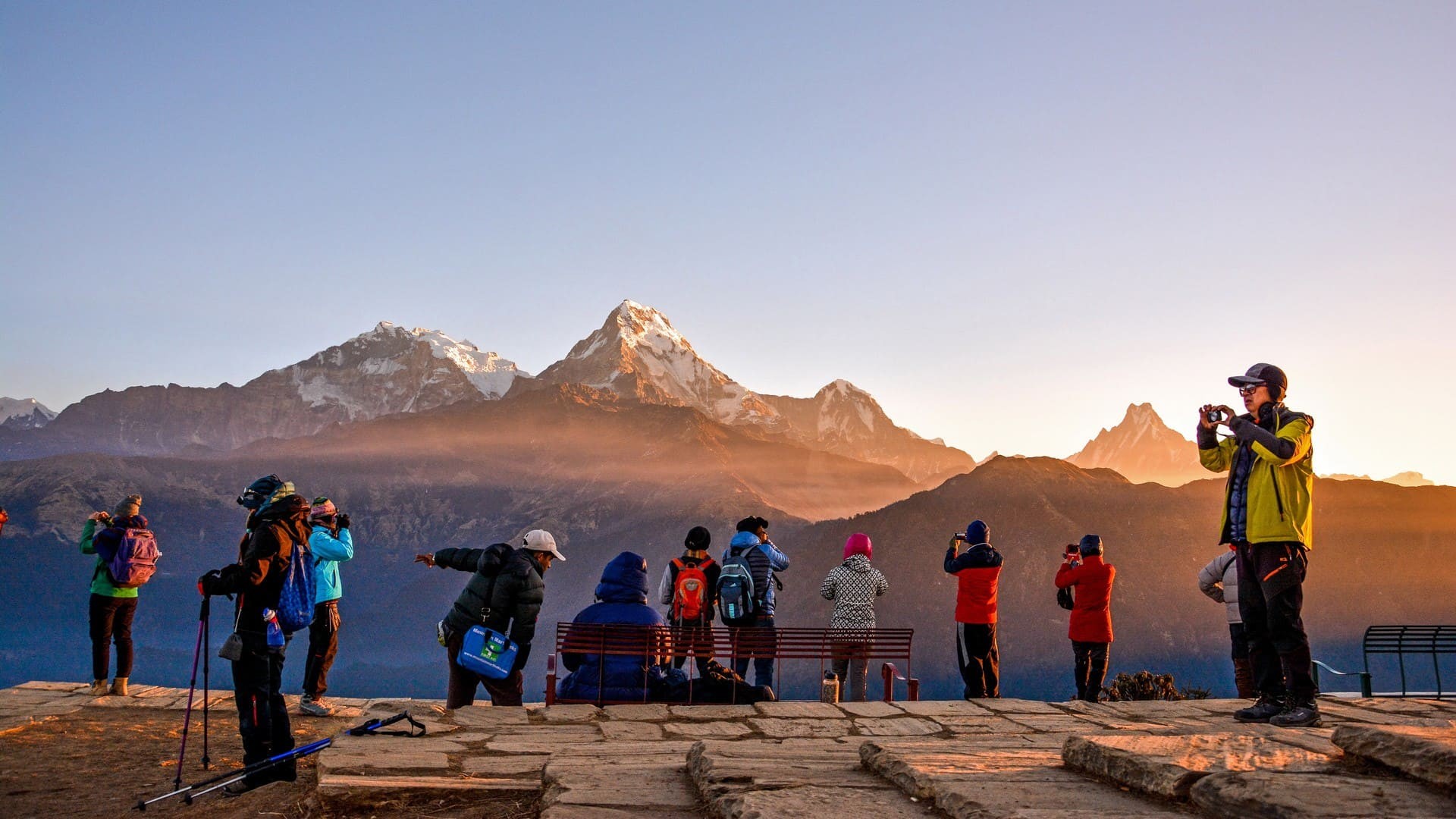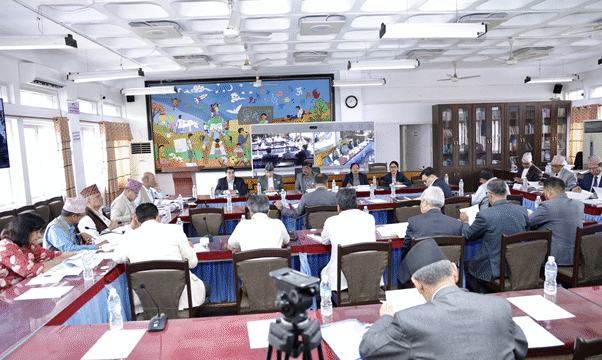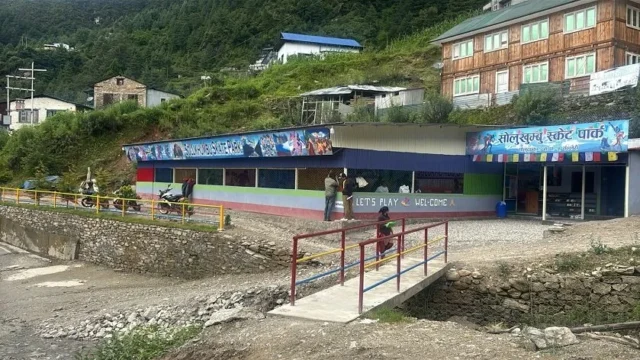Nepal, nestled in the lap of the majestic Himalayas, boasts unparalleled natural beauty and cultural richness that have captivated travelers for centuries. From the awe-inspiring peaks of Mount Everest to the tranquil shores of Phewa Lake in Pokhara, Nepal’s diverse landscapes offer a unique tapestry of experiences for tourists worldwide. However, despite its vast potential, Nepal continues to struggle to fully harness its tourism sector to drive economic growth and development.
The allure of Nepal lies in its breathtaking mountain ranges, lush valleys adorned with terraced fields, and ancient temples steeped in spirituality and history. Each year, thousands of adventurers flock to trekking routes like the Annapurna Circuit and Everest Base Camp, seeking the thrill of conquering the world’s highest peaks. Meanwhile, cultural enthusiasts are drawn to UNESCO World Heritage sites such as Kathmandu Valley’s Durbar Squares and the sacred pilgrimage site of Lumbini, the birthplace of Lord Buddha.
Despite these attractions, Nepal faces several challenges that hinder its tourism potential. One of the primary concerns is infrastructure. While major cities like Kathmandu and Pokhara offer reasonable amenities for tourists, remote regions lack adequate transportation, accommodation, and healthcare facilities. Poor road conditions and limited access to electricity and clean water further dampen the appeal of off-the-beaten-path destinations.
One of the primary challenges facing Nepal’s tourism industry is the inadequate infrastructure. The country’s transportation networks, including roads, airports, and public transit, are underdeveloped and poorly maintained. Frequent flight cancellations, unreliable transportation services, and the lack of modern facilities deter many potential tourists.
Political instability has also played a significant role in hindering tourism development in Nepal. Frequent changes in government, strikes, and protests create an environment of uncertainty, making travelers hesitant to visit. The lack of consistent and supportive policies for the tourism sector further exacerbates the issue.
Nepal’s tourism sector suffers from limited marketing and promotion efforts. The country has not effectively leveraged digital platforms, international travel fairs, and strategic partnerships to showcase its diverse attractions to the global audience. As a result, many potential tourists remain unaware of what Nepal has to offer.
Safety and security concerns are another significant barrier. Natural disasters, such as earthquakes and floods, along with occasional reports of crime, contribute to a perception of Nepal as an unsafe destination. While the country has made efforts to improve disaster preparedness and response, these measures need to be more widely communicated to reassure travelers.
Insufficient investment in tourism infrastructure, services, and human resources also hampers growth. The industry requires significant funding to develop world-class tourist facilities, enhance service quality, and train skilled professionals. However, both public and private sector investments remain inadequate.
Balancing tourism development with environmental and cultural preservation is a critical challenge. Unregulated tourism can lead to environmental degradation and the loss of cultural heritage. Nepal needs to implement sustainable tourism practices to protect its natural and cultural resources while promoting tourism.
Despite these challenges, Nepal has immense potential to become a leading tourist destination. The government and stakeholders are taking steps to address these issues. Initiatives such as improving infrastructure, enhancing marketing efforts, and promoting sustainable tourism practices are underway.
The upcoming Visit Nepal campaigns aim to attract more international visitors by showcasing Nepal’s unique offerings, including trekking in the Himalayas, wildlife safaris, cultural festivals, and spiritual retreats. Collaboration with international tourism organizations and the private sector is crucial to overcoming the barriers and unlocking Nepal’s tourism potential.
For Nepal to thrive in the competitive global tourism market, a concerted effort from the government, private sector, and local communities is essential. By addressing these challenges and leveraging its strengths, Nepal can transform into a premier destination for travelers from around the world.






